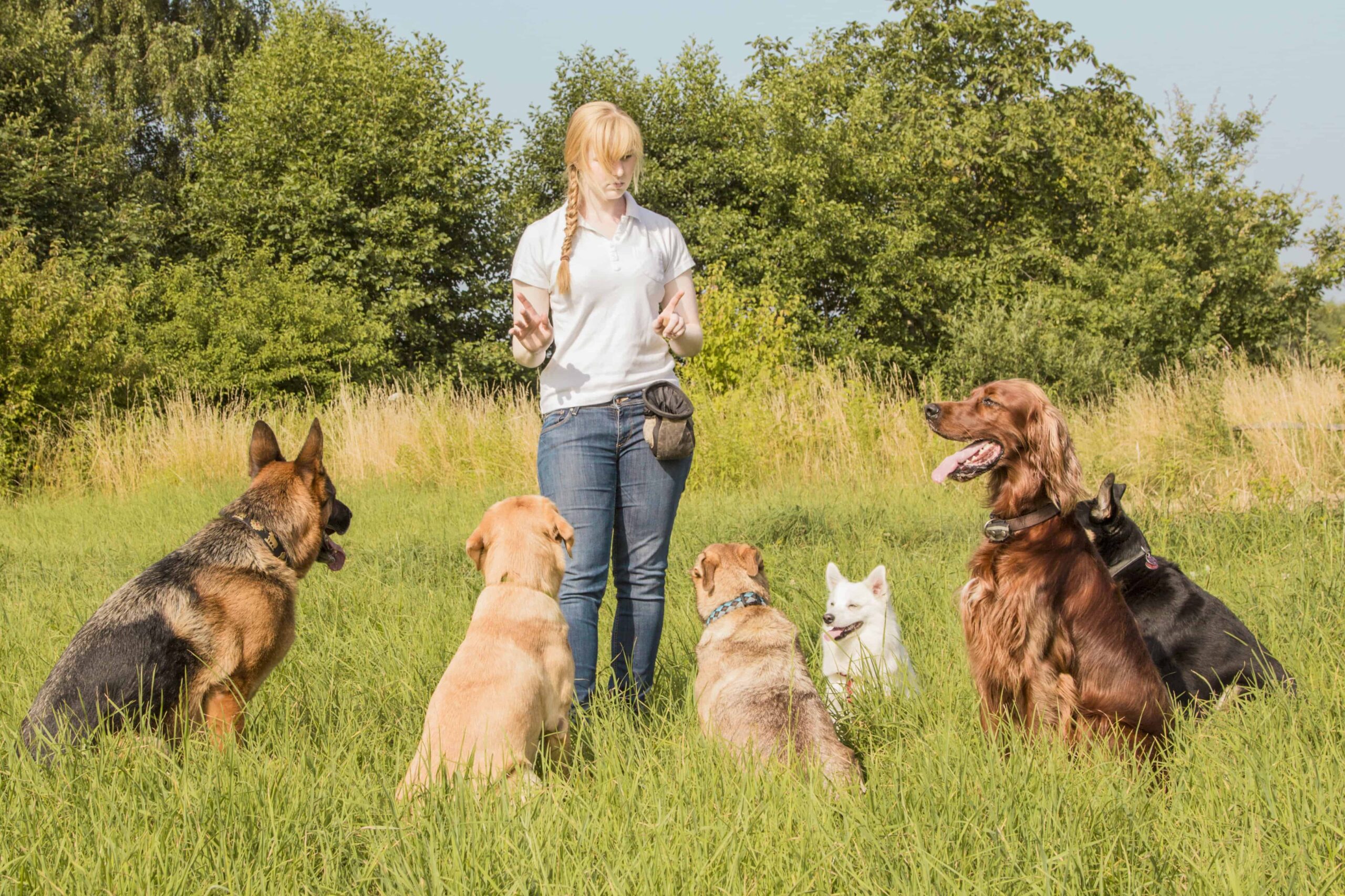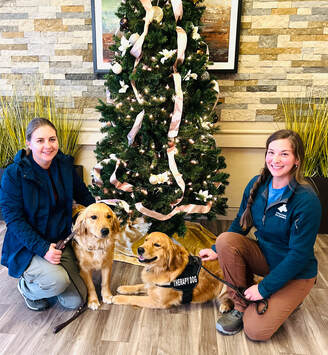Important Tips for Successful Dog Training: An Overview for Pet Owners
Reliable pet dog training is a multifaceted procedure that calls for a calculated method customized to both the family pet's character and the proprietor's purposes. Recognizing just how to browse these challenges can significantly boost the training experience, eventually changing the partnership between proprietor and pet dog.
Understanding Canine Actions
Recognizing canine actions is vital for reliable training and cultivating an unified connection in between dogs and their proprietors. Pets interact largely through body movement, vocalizations, and activities, making it important for proprietors to interpret these signals precisely. Acknowledging a dog's pose, tail placement, and ear positioning can supply understandings into its emotion. A wagging tail does not constantly suggest joy; it can likewise signal enjoyment or anxiety.

Socialization plays a substantial duty in pet behavior; direct exposure to various atmospheres, individuals, and other pets can considerably impact a canine's temperament. Variables such as breed qualities and private character must assist training methods, as some types may have particular behavioral attributes that require tailored strategies. By comprehending these elements, proprietors can develop a helpful setting that motivates favorable behavior, bring about successful training outcomes and a deeper bond with their pet dogs.
Developing Constant Commands
Effective interaction with your dog starts with establishing constant commands. This foundational aspect of training is crucial for promoting understanding between you and your animal. Uniformity in the commands you use makes certain that your canine can dependably connect specific words or expressions with the wanted behaviors.
When choosing commands, pick clear, distinctive words that are simple to separate and state from each other. Prevent making use of similar-sounding commands that may puzzle your pet dog. Making use of "sit" and "stay" is ideal, yet "sit" and "hit" might lead to misunderstandings.
In addition, preserve the same tone and quantity for each and every command. Pets are delicate to singing cues, so varying your tone can create confusion.
It is just as vital to make certain that all relative are on the same web page concerning the commands made use of. A united front in command usage will prevent blended signals and enhance the understanding procedure.
Positive Support Strategies
The power of favorable reinforcement in canine training depends on its ability to urge preferred behaviors via benefits and praise. This technique is based in the concept that habits followed by favorable results are more probable to be repeated. By including positive reinforcement right into your training program, you can effectively shape your pet's actions in a useful manner.
To carry out positive reinforcement, it's crucial to determine what motivates your pet dog, whether it be treats, toys, or verbal appreciation. When your canine executes a desired activity, such as resting on command, promptly reward them with a treat or love. This association between the command and the positive outcome enhances their understanding.
It's critical to timing the rewards appropriately; supplying the support within seconds of the wanted behavior assists your dog make the link (dog training). In addition, consistency is crucial-- ensure that all relative utilize the exact same commands and incentive systems to avoid confusion

Slowly, you can lower the regularity of treats as your canine finds out the actions, transitioning to praise or intermittent benefits. This technique not just fosters a strong bond between you and your canine however likewise promotes a positive discovering setting, making educating a delightful experience for both.
Socialization and Communication
Continually revealing your dog to a variety of environments, individuals, and various other pets is essential for their social development. Socialization ought to begin early, preferably throughout the essential window of 3 to 14 weeks, when pups are most responsive to new experiences. Older pets can additionally benefit from ongoing socialization initiatives.
Present your pet to different settings, such as parks, pet-friendly stores, and urban locations. This direct exposure aids them adapt to various stimuli, reducing anxiety and anxiety feedbacks. Encourage positive communications with various other pet dogs and people, making sure that these experiences are risk-free and controlled to promote confidence.
Use structured playdates with genteel canines, as this can boost your pet's social skills and teach them proper behavior. Obedience courses and training sessions also offer outstanding opportunities for socializing, allowing your pet dog to engage with others in a monitored atmosphere.
Monitor your pet dog's body movement during communications, as this will certainly aid you evaluate their convenience level. Gradually boost exposure to more tough situations while making sure that each experience is positive. A well-socialized pet dog is more likely to show balanced actions, making them a joy to have in any kind of setting.
Dealing With Typical Training Obstacles
Every canine proprietor will come across training obstacles at some time, no matter their pet dog's age or socializing degree. Identifying typical problems such as stubbornness, distractions, and fearfulness can help in developing effective techniques for enhancement.

Gradually introduce distractions as the dog comes to be much more competent in commands. Short, frequent training sessions are also reliable in keeping focus.
Terror can impede a canine's knowing process. Steady desensitization to the resource of anxiety, coupled with favorable reinforcement, can help alleviate anxiousness. Persistence is crucial; never ever require a canine right into a circumstance that triggers distress, as this might aggravate the problem.
Eventually, understanding and addressing these usual difficulties with an organized method will promote a more effective training experience, enhancing the bond in between pet dog and Find Out More proprietor while promoting reliable discovering.
Conclusion
In recap, successful dog training counts on an extensive understanding of canine actions, the establishment of consistent commands, and the application of positive reinforcement methods. Socialization plays a critical function in creating well-adjusted animals, while attending to common training difficulties calls for persistence and flexibility. By implementing these necessary methods, pet owners can cultivate a strong bond with their canines and advertise preferable habits, inevitably leading to a harmonious partnership in between humans and their canine companions.
Comprehending pet behavior is vital for reliable training and fostering an unified relationship between canines and their owners.Socializing plays a substantial duty in pet actions; exposure to various environments, people, and other pets can dramatically impact a canine's character.The power of positive reinforcement in pet dog training lies in its capacity to motivate wanted habits via rewards and appreciation. By integrating favorable support into your training program, you can properly form your find more canine's behavior in a positive fashion.
In summary, successful canine training relies on a detailed understanding of canine habits, the facility of constant commands, and the application of positive reinforcement methods.